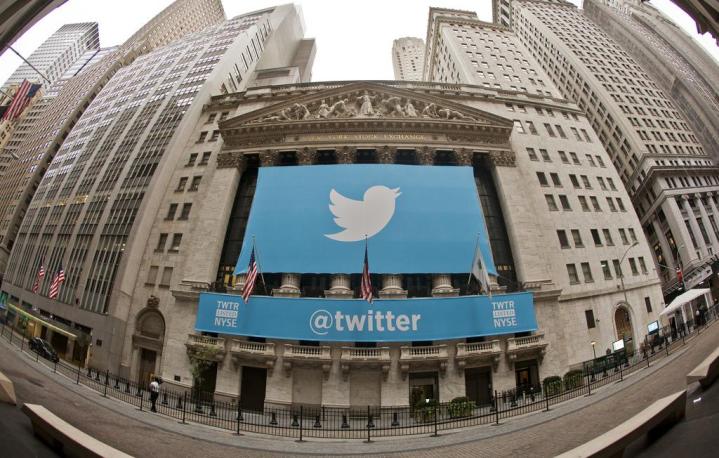
The latest resource, announced Monday, is the Safety Center, a hub that essentially pulls together Twitter’s growing list of anti-troll features while at the same time offering tips and advice on how best to handle online abusers.
The San Francisco-based company says its new Safety Center has been developed with the help of online safety experts “who continuously help us to promote good digital citizenship.”
Besides sections created especially for teens, parents, and educators, the resource, which goes with the tagline, “We’re committed to building a safer Twitter,” also offers links to “simple tools to help you take control of your time on Twitter.” There is also a refreshed set of policies “to better reflect the diverse voices of our users,” and details of its redesigned review process that should mean faster responses to reports of abuse and, if necessary, swifter action against identified abusers.
Costolo’s outburst came in an internal email at the beginning of February. With regular reports of high-profile users quitting the service after being targeted by trolls, the former CEO knew the company had to act.
“We lose core user after core user by not addressing simple trolling issues that they face every day,” Costolo wrote in the email, adding that he was “frankly ashamed of how poorly we’ve dealt with this issue during my tenure as CEO.”
Since then, Twitter developers have evidently been hard at work, rolling out new tools which, for example, make it easier to report extreme Twitter harassment to the cops, and enable users to hide abusive tweets using a so-called “quality filter.” It’s also expanded the team that deals with abuse reports in a bid to improve the service.
Editors' Recommendations
- Twitter’s new Unmentioning tool is perfect for avoiding online drama
- Facebook seeks to protect election integrity with its new voting info hub
- Twitter offers more details on how hackers cracked its internal systems
- Twitter’s new hide reply tool lets you publicly ignore comments
- Is Twitter good now? Only if it can enforce its new rules



